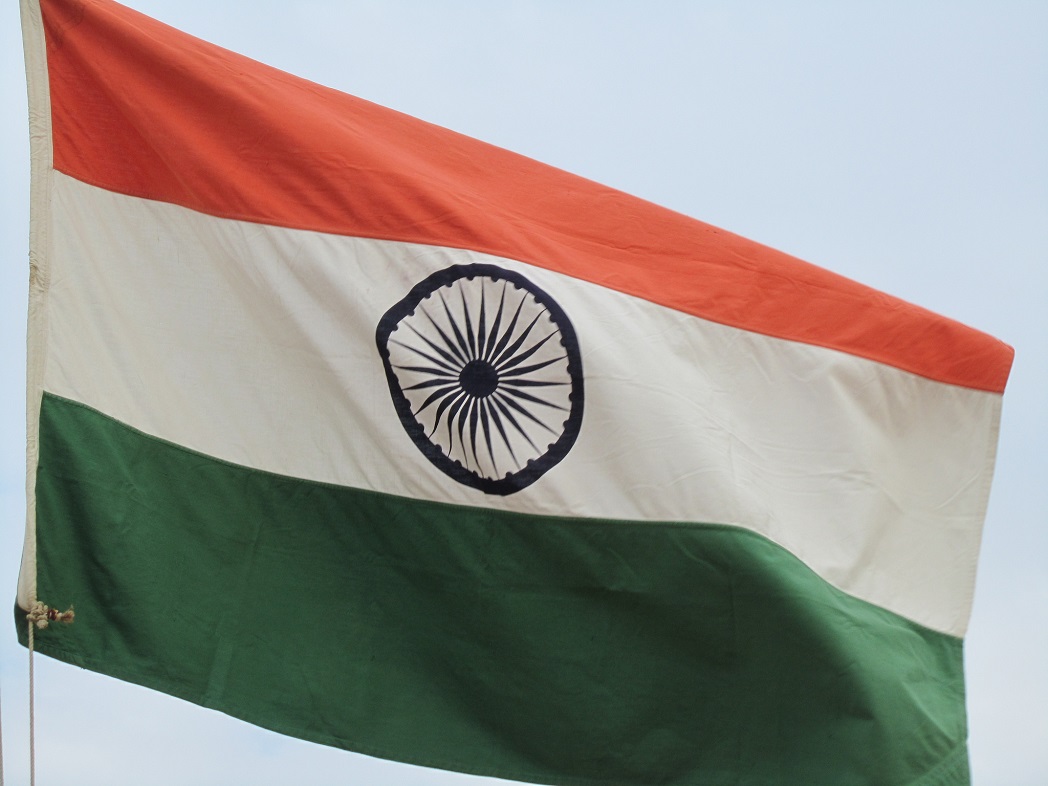The World Trade Organization (WTO) Safeguards Committee Meeting held on April 23 conducted the first hearing into India’s safeguard measures on imported solar PV cells and modules coming from China PR and Malaysia.
“It was only a short discussion and the WTO has nothing to comment or take decision as of now,” a WTO official told pv magazine. However, at the meeting, the European Union (EU) stated that safeguard measures should only be imposed under exceptional circumstances, particularly if the imports causing problems come predominantly from one source.
The EU said added that India’s injury analysis on imported solar cells is inconclusive and its causal analysis doubtful; and said that injury to other domestic producers must be assessed. It further outlined that India’s actions will create serious domestic shortages and even risk the environment. Therefore, the government must take conclusive and responsible action.
The EU said it believes and trusts that India will refrain from imposing any definitive measures.
The matter requires more evidence. As such, Japan said an investigation should include reasonable public notice and other appropriate means, to ensure interested parties can present evidence.
At the end of the meeting, India said it had informed WTO members in January of a proposed safeguard duty of 70% and that this was followed by a challenge to the measure in the domestic courts, so the matter is sub judice. India has nothing further to add at this stage, it said, other than to say its investigation will be carried out in line with WTO rules.
Speculation
Soon after India proposed safeguard duties in December 2017, analysts, market players and stakeholders started speculating on their impact on India’s solar growth. Opposition was first voiced from the All India Solar Industries Association (AISIA), which mentioned that the levy will negatively impact solar manufacturers operating out of the Special Economic Zones (SEZ) across India.
Following this, solar analysts, including Bridge to India, said that a final duty of between 30-70% would mean that tariffs would need to go up by between 17-35%, or about INR 0.45-0.90/kWh.
Evidently, this will have an impact on both solar auctions and installations, and create uncertainty for project developers. Consequently, analysts predict that India will add just 6 GW of new solar PV in 2018, in contrast to nearly 9.2 GW installed in 2017.
In a conversation with the Indian Solar Manufacturers Association (ISMA), which filed the case, they said that this will not be the case, however. Indeed, it will serve to benefit the domestic manufacturing industry.
Overall, the question of why it is so important for India to impose such duties was answered by Adani Green Energy Ltd CEO in a recent interview with pv magazine, who said that it is all down to a historical blunder that occurred in India in 1995.
This content is protected by copyright and may not be reused. If you want to cooperate with us and would like to reuse some of our content, please contact: editors@pv-magazine.com.








By submitting this form you agree to pv magazine using your data for the purposes of publishing your comment.
Your personal data will only be disclosed or otherwise transmitted to third parties for the purposes of spam filtering or if this is necessary for technical maintenance of the website. Any other transfer to third parties will not take place unless this is justified on the basis of applicable data protection regulations or if pv magazine is legally obliged to do so.
You may revoke this consent at any time with effect for the future, in which case your personal data will be deleted immediately. Otherwise, your data will be deleted if pv magazine has processed your request or the purpose of data storage is fulfilled.
Further information on data privacy can be found in our Data Protection Policy.